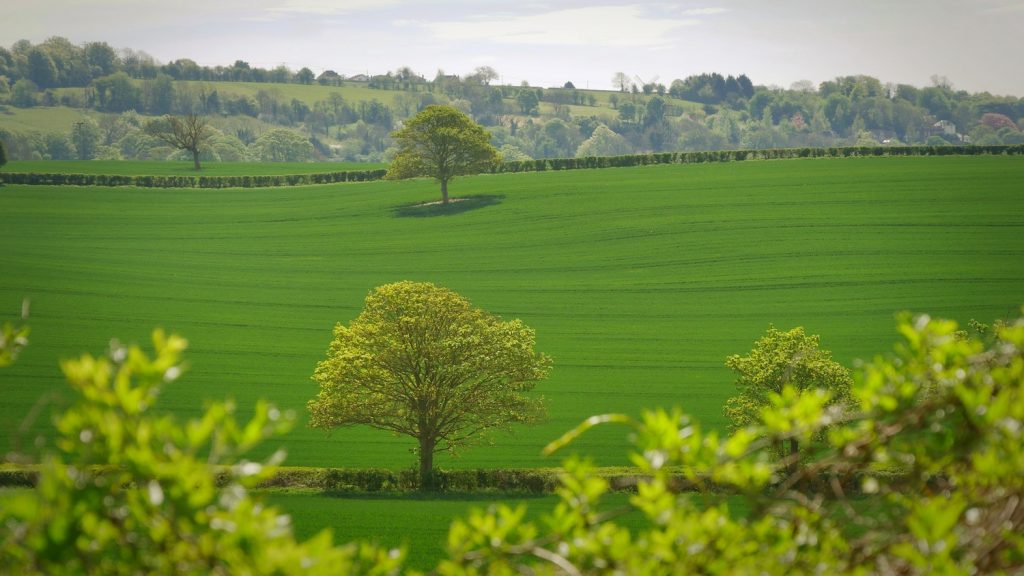Date: Upcoming event
Nbr of participants: X people
Language: English
How to develop a circular bioeconomy locally?
A circular economy is an economic system that works in a loop. In the context of the circular bioeconomy, the aim is to produce goods and services by limiting the consumption and waste of raw materials and non-renewable energy sources. The idea is to promote products recycling and the reuse of raw materials.
The principles of a circular bioeconomy are linked to:
- Recycling waste;
- Sustainable supply;
- Eco-design (design using few non-renewable resources);
- An industrial ecology (limiting the impact of industry on the environment);
- An economy of functionality (selling the use of a good and not the good itself);
- An extension of the duration of use;
- Responsible consumption.
However, the establishment of this system requires financial capacity to create the reception conditions, a political will that sets priorities and a strategy to attract future project holders and / or to sustain a long-term commitment. . It involves making a choice of economic development model for organic, sustainable or industrial models, as well as actors participating in this development model.
Questions arise:
- How can we allow the development of a large-scale circular bioeconomy? The short circuit (with the Associations for the Maintenance of a Peasant Agriculture, AMAP) does not seem sufficient to feed an urban agglomeration and remunerate the producers;
- How can we allow local consumption of products from industry (due to negative representations)?;
- How can we engage local elected officials in issues of sustainable transition? ;
- How can we ensure the sustainability of local initiatives in the face of international agreements in terms of intensive agriculture that can lead to large volumes of imports (example of CETA)?

